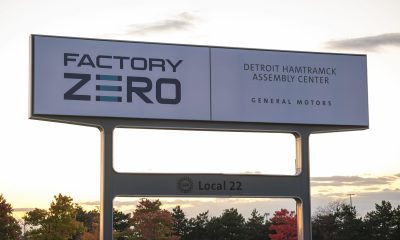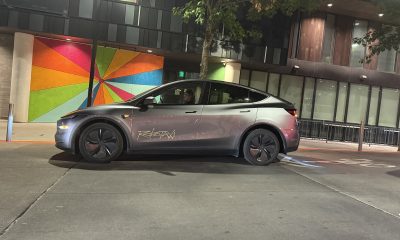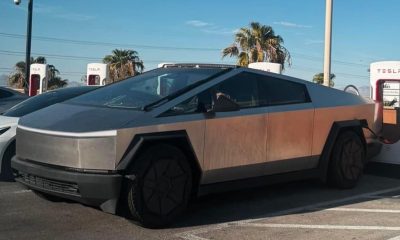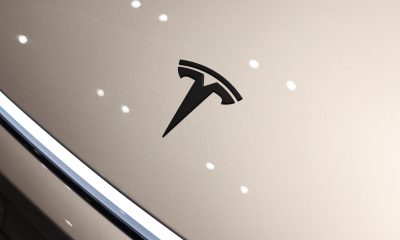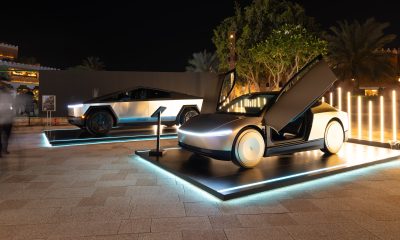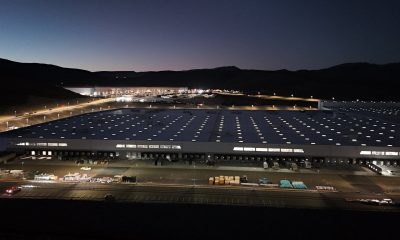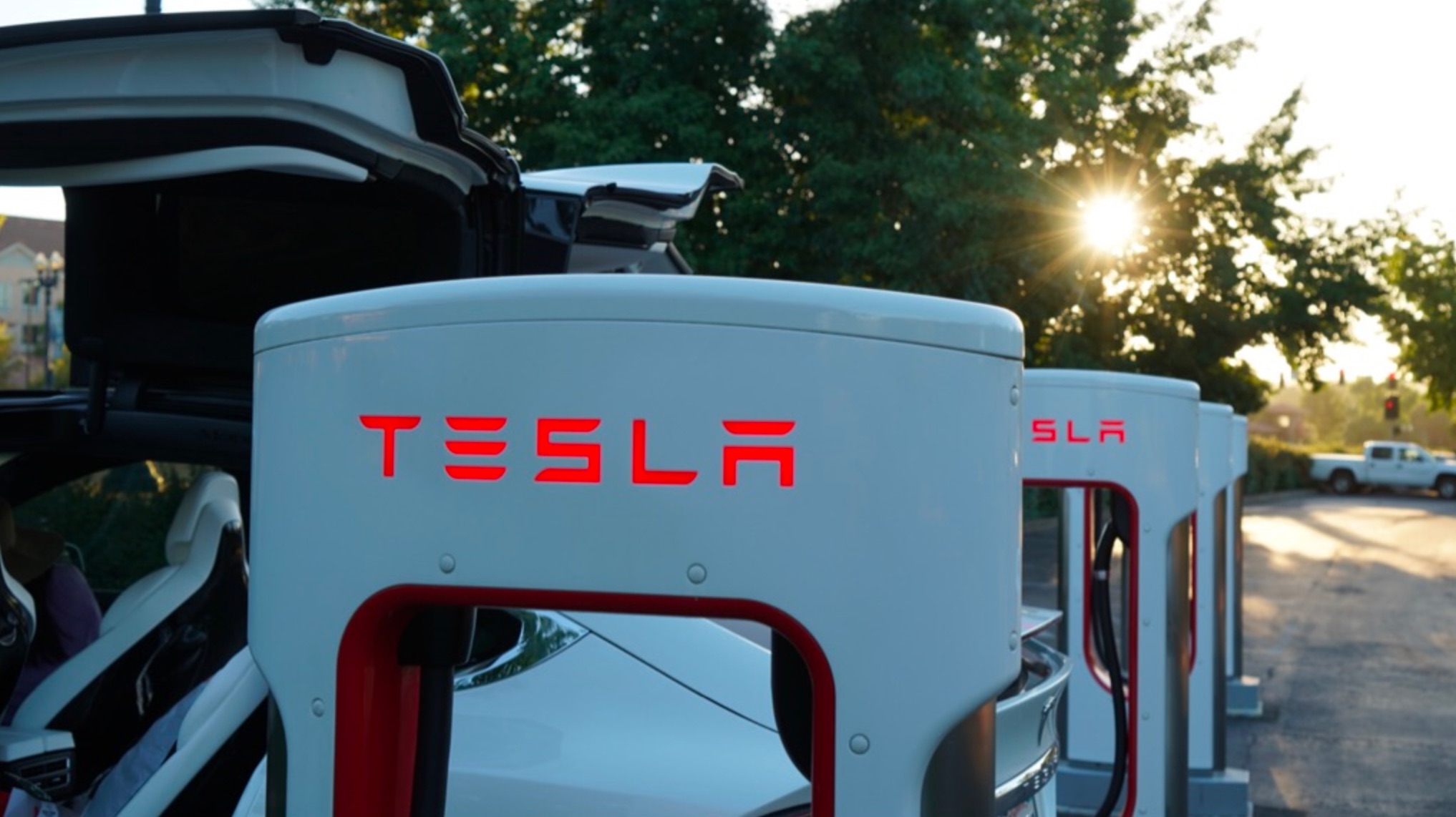
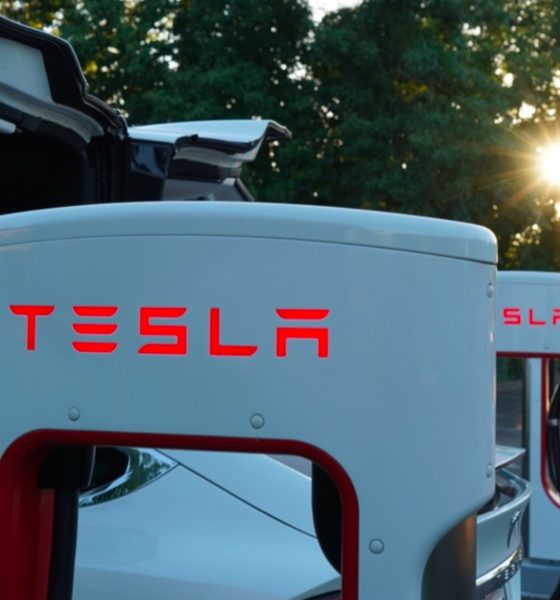
Investor's Corner
Is Tesla’s ‘next era’ really without TSLA?
With just a few Tweets, Elon Musk announced that he intends to take Tesla private. The move came less than a week after the company’s Q2 earnings call, where Musk doubled-down on his promise to bring the company to profit in the second half of 2018. With Musk steadying his hand, it seemed he was pushing forward a “new era” for Tesla, one that aims for mild profitability, rapid growth, and continuing innovation. What’s changed?
“Grandiose promises were replaced with reachable projections, relentless growth was met with fiscal responsibility, and shaky improvisation gave way to clarity,” written in last week’s post-earnings column.
Over the last few years, Musk has often wondered aloud how Tesla would be different if it weren’t public. In Rolling Stone’s cover story of Musk last fall, he stated, “It actually makes us less efficient to be a public company.” Musk also told Bloomberg in a 2015 interview that there is “a lot of noise” when a company is public.
Would Tesla have existed without going public in 2010?
Short Answer. No.
Long Answer. Maybe.
When Tesla went public in June 2010, the company needed the cash. They were aiming to push the Model S into production and needed every dime to hire factory workers and renovate the factory. Going public for Tesla worked. The company was able to move the Model S into production and was delivering a few hundred vehicles per week before raising more money from the capital markets.
Since going public, Tesla has raised nearly $10B through debt and equity offerings (Not including the acquisition of SolarCity’s debt). It’s a sizable amount, but it pales in comparison to some private companies. For example, Uber, Lyft, and WeWork have all raised billions in the last few years. Uber has raised over $21B since its founding in 2009, Lyft has raised $4.9B since its start in 2012, and WeWork has raised $6.9B in the last 8 years.
Before Tesla went public, Musk had to pour his fortune into the company just to convince others to invest. In the past eight years, the private markets have gained a tremendous appetite. No deal is too big. No ask is ridiculous.
Who wants in on “Private Tesla”?
A lot of names have been floating around in the past day. Who’s backing Elon’s private deal? The Saudi Wealth Fund? Tencent? Softbank? Google? All of the above?
In 2016, Softbank created a $93B Vision Fund. The fund has been making massive bets everywhere, Uber, Flipkart, WeWork, NVidia, and many more. Participating in “new Tesla” wouldn’t be out of character and it would be hard to see the company passing on one of the largest private deals in history.
The Saudi Wealth Fund and Tencent both recently made sizable equity positions in the company. Tesla going private could afford them a chance to grab a board seat and a larger share of the company. The Saudi Wealth Fund announced their sizable stake yesterday morning and Tencent announced theirs in March 2017.
Google? Did I just throw them out there? The company already owns a chunk of Musk’s SpaceX and in Ashlee Vance’s 2015 biography of Elon Musk, it was revealed that Google mulled acquiring the company for $6B in early 2013 (Tesla was worth $3-4B at the time). Google’s parent company has over $100B in cash on hand, so a sizable investment into Tesla is certainly doable.
Outside of those specific entities, its worth noting that Tesla could draw significant capital from Silicon Valley. While most private equity in the valley goes to companies far smaller than Tesla, it wouldn’t be shocking to see venture firms and fellow billionaires take a position in Tesla.
So what does “Private Tesla” really look like?
In Musk’s perfect “Private Tesla” scenario, he envisions all current investors to keeping their shares with the company. But how would that really work? Musk claims that it would be structured similarly to SpaceX, which allows employees and investors to buy or sell stock every 6 months (or other liquidation events, ie. investments). That structure gives Tesla much tighter control of the share price, preventing volatility.
Highlighted in a report from The Information, current SpaceX shareholders receive a disclosure packet, along with updated financials, every 5-9 months. The process allows the company to set their own share price, after gauging outside and inside interest in acquiring or selling shares. SpaceX currently holds a valuation of $28B.
“We can afford to be picky (with investors). There’s a lot more people wanting our stock than we are willing to sell. It’s a great place to be in.” – Gwynne Shotwell, COO of SpaceX (CNBC, May 2018)
With Tesla being private, the company would forgo reporting quarterly earnings, most SEC filings, and annual shareholders meetings. Additionally, Tesla would have more flexibility in their accounting practices and reporting and less regulatory concerns. Essentially, as Musk as stated, the company would be able to operate more efficiently.
Only time will tell if Musk can pull off “taking Tesla private”. Given the size of the private markets and Musk’s drive to reduce distractions within the company, Tesla could certainly end up going private. I wouldn’t bet against Musk, just a personal rule, and it wouldn’t be out-of-character for Musk to pull off the impossible.
Great reads:
Tesla board curbs critics’ doubts as Elon Musk’s privatization plan starts forming (Teslarati)
Elon Musk: The Architect of Tomorrow (Rolling Stone)
Google almost bought Tesla when it had just two weeks of cash left (The Guardian)
How SoftBank Is Reshaping Global Tech (The Information)
Investor's Corner
Tesla investor Calpers opposes Elon Musk’s 2025 performance award
Musk’s 2025 pay plan will be decided at Tesla’s 2025 Annual Shareholder Meeting, which will be held on November 6 in Giga Texas.

One of the United States’ largest pension funds, the California Public Employees’ Retirement System (Calpers), has stated that it will be voting against Elon Musk’s 2025 Tesla CEO performance award.
Musk’s 2025 pay plan will be decided at Tesla’s 2025 Annual Shareholder Meeting, which will be held on November 6 in Giga Texas. Company executives have stated that the upcoming vote will decide Tesla’s fate in the years to come.
Why Calpers opposes Musk’s 2025 performance award
In a statement shared with Bloomberg News, a Calpers spokesperson criticized the scale of Musk’s proposed deal. Calpers currently holds about 5 million Tesla shares, giving its stance meaningful influence among institutional investors.
“The CEO pay package proposed by Tesla is larger than pay packages for CEOs in comparable companies by many orders of magnitude. It would also further concentrate power in a single shareholder,” the spokesperson stated.
This is not the first time Calpers has opposed a major Musk pay deal. The fund previously voted against a $56 billion package proposed for Musk and criticized the CEO’s 2018 performance-based plan, which was perceived as unrealistic due to its ambitious nature at the time. Musk’s 2018 pay plan was later struck down by a Delaware court, though Tesla is currently appealing the decision.
Musk’s 2025 CEO Performance Award
While Elon Musk’s 2025 performance award will result in him becoming a trillionaire, he would not be able to receive any compensation from Tesla unless aggressive operational and financial targets are met. For Musk to receive his full compensation, for example, he would have to grow Tesla’s market cap from today’s $1.1 trillion to $8.5 trillion, effectively making it the world’s most valuable company by a mile.
Musk has also maintained that his 2025 performance award is not about compensation. It’s about his controlling stake at Tesla. “If I can just get kicked out in the future by activist shareholder advisory firms who don’t even own Tesla shares themselves, I’m not comfortable with that future,” Musk wrote in a post on X.
Investor's Corner
Tesla enters new stability phase, firm upgrades and adjusts outlook
Dmitriy Pozdnyakov of Freedom Capital upgraded his outlook on Tesla shares from “Sell” to “Hold” on Wednesday, and increased the price target from $338 to $406.
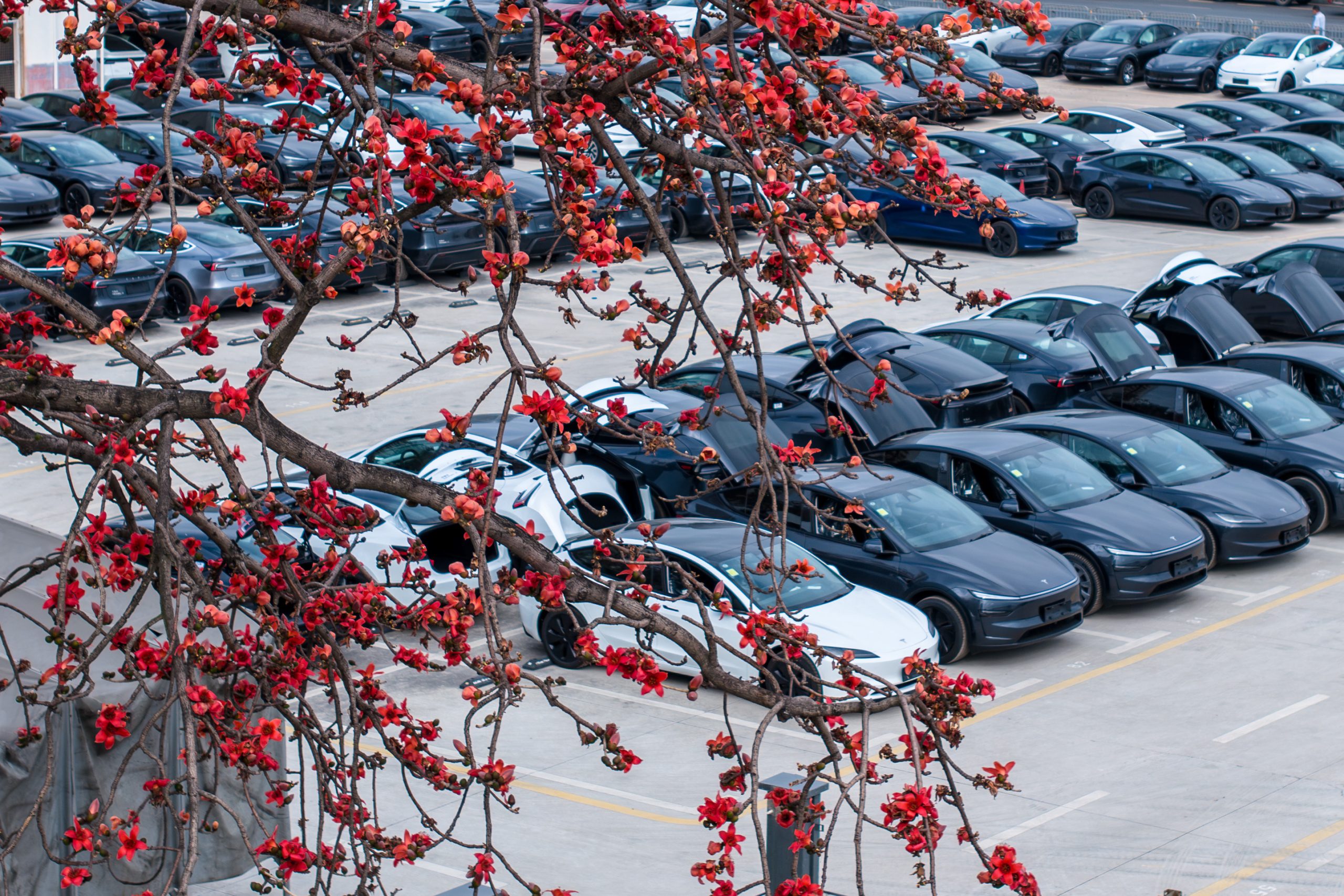
Tesla is entering a new phase of stability in terms of vehicle deliveries, one firm wrote in a new note during the final week of October, backing its position with an upgrade and price target increase on the stock.
Dmitriy Pozdnyakov of Freedom Capital upgraded his outlook on Tesla shares from “Sell” to “Hold” on Wednesday, and increased the price target from $338 to $406.
While most firms are interested in highlighting Tesla’s future growth, which will be catalyzed mostly by the advent of self-driving vehicles, autonomy, and the company’s all-in mentality on AI and robotics, Pozdnyakov is solely focusing on vehicle deliveries.
The analyst wrote in a note to investors that he believes Tesla’s updated vehicle lineup, which includes its new affordable “Standard” trims of the Model 3 and Model Y, is going to stabilize the company’s delivery volumes and return the company to annual growth.
Tesla launches two new affordable models with ‘Standard’ Model 3, Y offerings
Tesla launched the new affordable Model 3 and Model Y “Standard” trims on October 7, which introduced two stripped-down, less premium versions of the all-electric sedan and crossover.
They are both priced at under $40,000, with the Model 3 at $37,990 and the Model Y at $39,990, and while these prices may not necessarily be what consumers were expecting, they are well under what Kelley Blue Book said was the average new car transaction price for September, which swelled above $50,000.
Despite the rollout of these two new models, it is interesting to hear that a Wall Street firm would think that Tesla is going to return to more stable delivery figures and potentially enter a new growth phase.
Many Wall Street firms have been more focused on AI, Robotics, and Tesla’s self-driving project, which are the more prevalent things that will drive investor growth over the next few years.
Wedbush’s Dan Ives, for example, tends to focus on the company’s prowess in AI and self-driving. However, he did touch on vehicle deliveries in the coming years in a recent note.
Ives said in a note on October 2:
“While EV demand is expected to fall with the EV tax credit expiration, this was a great bounce-back quarter for TSLA to lay the groundwork for deliveries moving forward, but there is still work to do to gain further ground from a delivery perspective.”
Tesla has some things to figure out before it can truly consider guaranteed stability from a delivery standpoint. Initially, the next two quarters will be a crucial way to determine demand without the $7,500 EV tax credit. It will also begin to figure out if its new affordable models are attractive enough at their current price point to win over consumers.
Investor's Corner
Bank of America raises Tesla PT to $471, citing Robotaxi and Optimus potential
The firm also kept a Neutral rating on the electric vehicle maker, citing strong progress in autonomy and robotics.
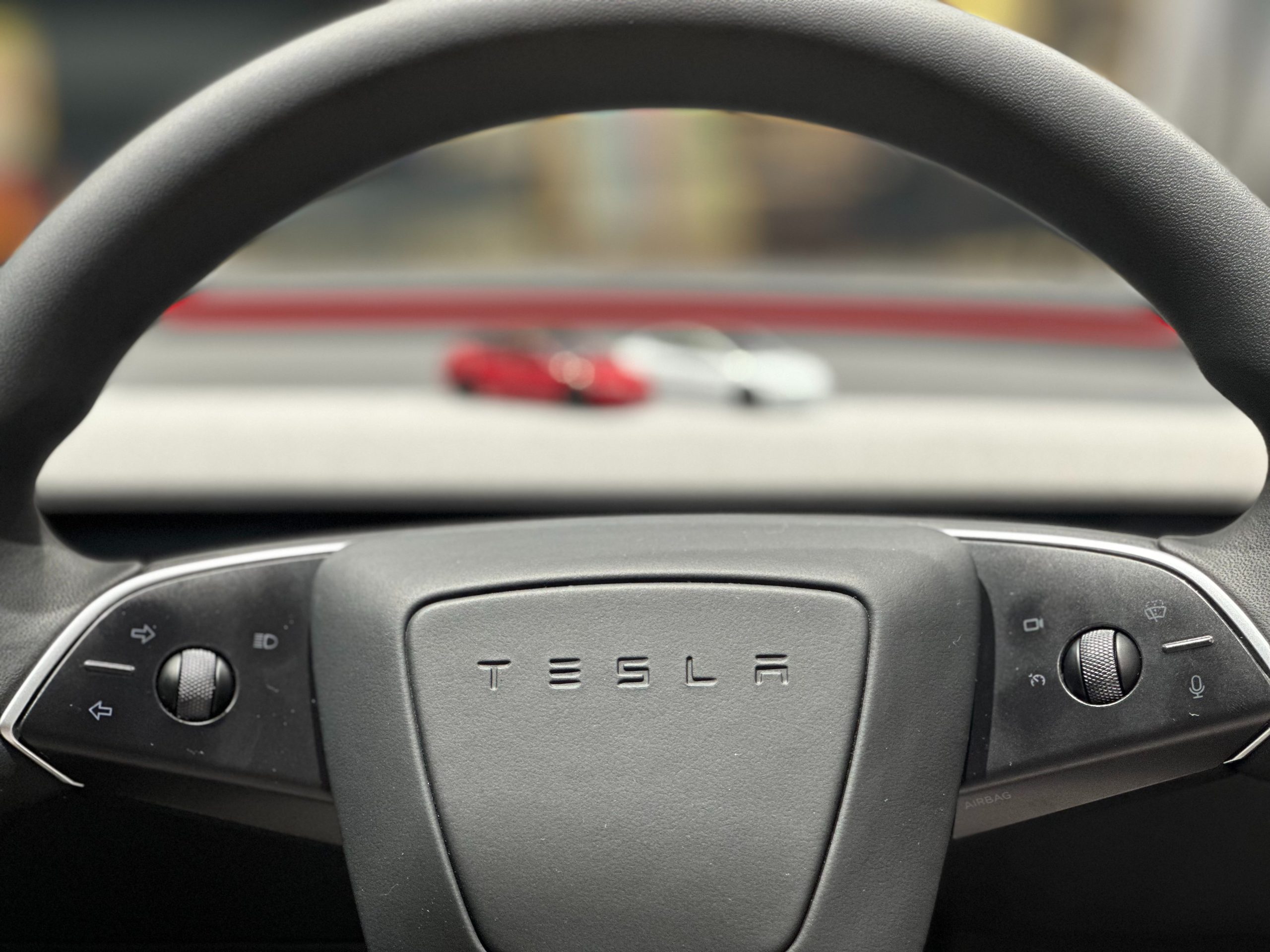
Bank of America has raised its Tesla (NASDAQ:TSLA) price target by 38% to $471, up from $341 per share.
The firm also kept a Neutral rating on the electric vehicle maker, citing strong progress in autonomy and robotics.
Robotaxi and Optimus momentum
Bank of America analyst Federico Merendi noted that the firm’s price target increase reflects Tesla’s growing potential in its Robotaxi and Optimus programs, among other factors. BofA’s updated valuation is based on a sum-of-the-parts (SOTP) model extending through 2040, which shows the Robotaxi platform accounting for 45% of total value. The model also shows Tesla’s humanoid robot Optimus contributing 19%, and Full Self-Driving (FSD) and the Energy segment adding 17% and 6% respectively.
“Overall, we find that TSLA’s core automotive business represents around 12% of the total value while robotaxi is 45%, FSD is 17%, Energy Generation & Storage is around 6% and Optimus is 19%,” the Bank of America analyst noted.
Still a Neutral rating
Despite recognizing long-term potential in AI-driven verticals, Merendi’s team maintained a Neutral rating, suggesting that much of the optimism is already priced into Tesla’s valuation.
“Our PO revision is driven by a lower cost of equity capital, better Robotaxi progress, and a higher valuation for Optimus to account for the potential entrance into international markets,” the analyst stated.
Interestingly enough, Tesla’s core automotive business, which contributes the lion’s share of the company’s operations today, represents just 12% of total value in BofA’s model.
-

 Elon Musk2 weeks ago
Elon Musk2 weeks agoSpaceX posts Starship booster feat that’s so nutty, it doesn’t even look real
-

 Elon Musk2 weeks ago
Elon Musk2 weeks agoTesla Full Self-Driving gets an offer to be insured for ‘almost free’
-

 News2 weeks ago
News2 weeks agoElon Musk confirms Tesla FSD V14.2 will see widespread rollout
-

 News2 weeks ago
News2 weeks agoTesla is adding an interesting feature to its centerscreen in a coming update
-

 News2 weeks ago
News2 weeks agoTesla widens rollout of new Full Self-Driving suite to more owners
-

 Elon Musk2 weeks ago
Elon Musk2 weeks agoTesla CEO Elon Musk’s $1 trillion pay package hits first adversity from proxy firm
-

 News2 weeks ago
News2 weeks agoTesla might be doing away with a long-included feature with its vehicles
-
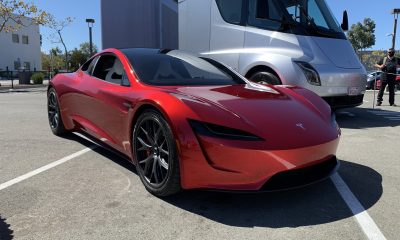
 News1 week ago
News1 week agoTesla updates fans on its plans for the Roadster


